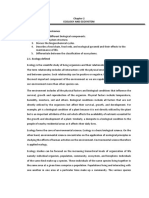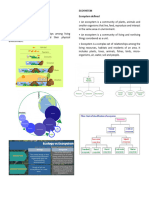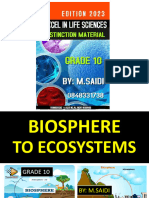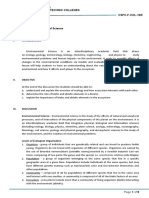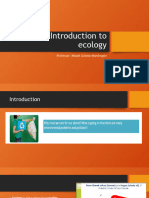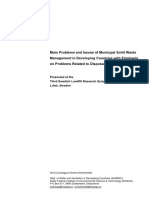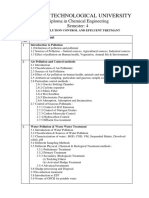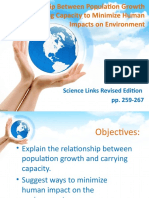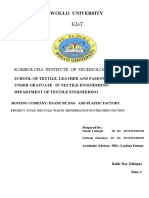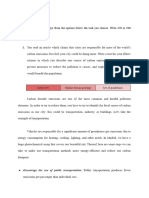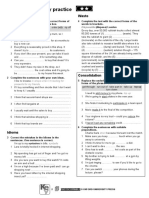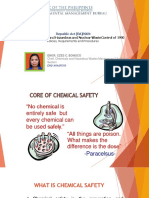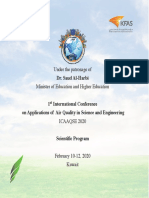0% found this document useful (0 votes)
9 views34 pagesSci. Practical Book
The document is a practical report for the Environmental Science course at Lahore College for Women University, covering various topics such as biotic and abiotic components, geological time scale, and environmental issues like pollution and waste management. It includes detailed sections on the importance of these components in ecosystems, the impact of human activities on the environment, and events like Earth Day aimed at raising awareness. The report serves as an educational resource for understanding environmental science concepts and their real-world applications.
Uploaded by
drkanwalfarihaCopyright
© © All Rights Reserved
We take content rights seriously. If you suspect this is your content, claim it here.
Available Formats
Download as PDF, TXT or read online on Scribd
0% found this document useful (0 votes)
9 views34 pagesSci. Practical Book
The document is a practical report for the Environmental Science course at Lahore College for Women University, covering various topics such as biotic and abiotic components, geological time scale, and environmental issues like pollution and waste management. It includes detailed sections on the importance of these components in ecosystems, the impact of human activities on the environment, and events like Earth Day aimed at raising awareness. The report serves as an educational resource for understanding environmental science concepts and their real-world applications.
Uploaded by
drkanwalfarihaCopyright
© © All Rights Reserved
We take content rights seriously. If you suspect this is your content, claim it here.
Available Formats
Download as PDF, TXT or read online on Scribd
/ 34








